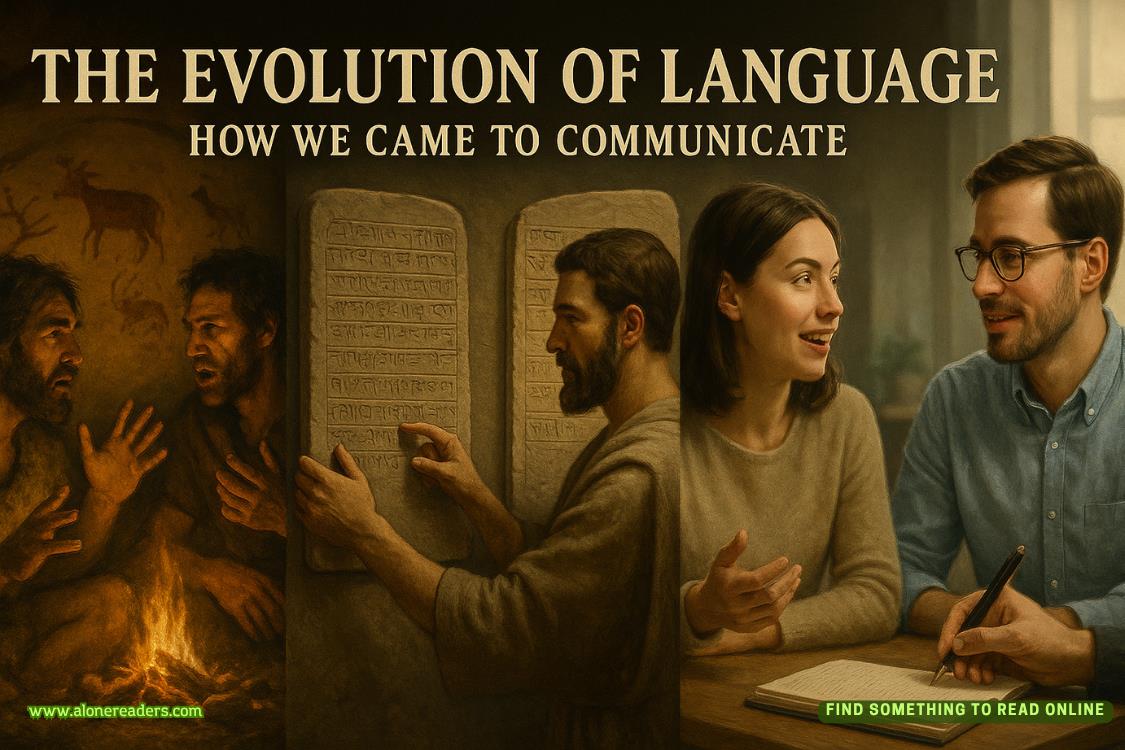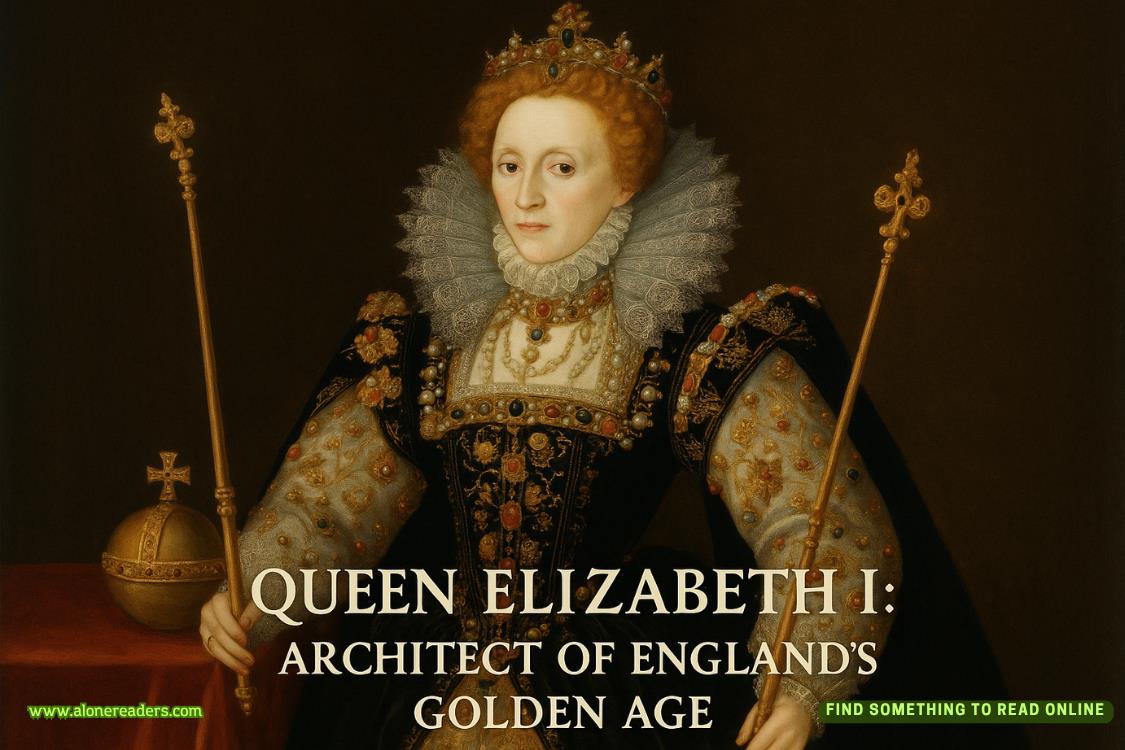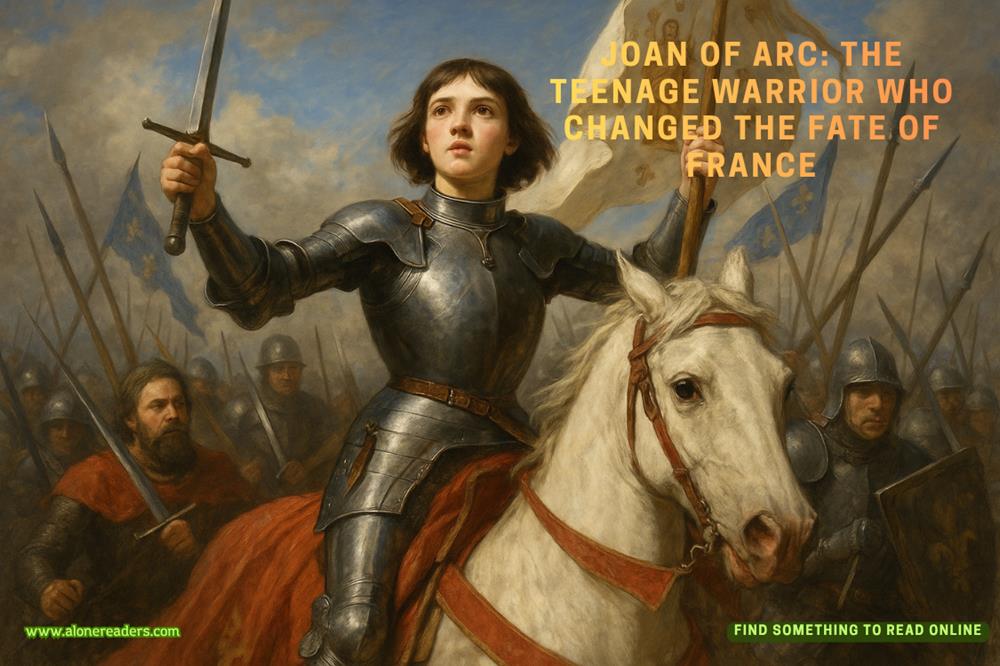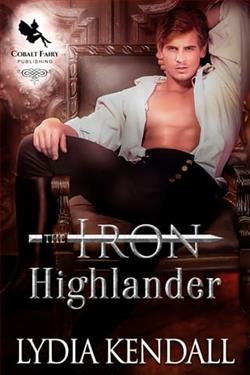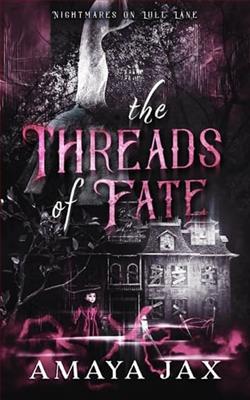Page 10 of The Happy Month
Opening the book, I noticed that the pages in the middle were glossy. That meant there were photos. I skipped to those. The first was a black-and-white photo from the mid-twenties. A woman in a black dress with a scarf on her head held a fat, surprised looking infant. That suggested to me that Wallace had spoken to Vera’s family. The next photo was Vera’s high school graduation in 1942, also black-and-white. She wore a soft-looking sweater with three buttons at the neck, a gold cross and a big smile. Curls framed her face, she wore dark lipstick—most likely red—and had a mischievous glint in her eye. There was another photo, taken around the same time with Vera seated on the wrought iron railing of a couple of concrete steps. The entrance to some building? A different sweater, fluffier, tighter, but the same big smile and curls framing her face. Could that also have come from a family member? Or did Wallace have other sources?
On the next two pages were four crime scene photos that all showed a naked woman from different angles, lying on the ground as though thrown. Black bars, like the red ones on the cover, had been added to each photograph to hide her breasts and genitalia. It appeared she was lying under a tree, some kind of evergreen. There was trash around her body. Photos like this never looked real. It was a person reduced to a thing. That alone made it disturbing and unreal.
Turning the page, I found photographs of a Detective Andrew Schmidt taken around the time of the case. He looked to be in his mid-forties. He’d be over ninety now. It seemed unlikely he was alive. Also on that page was a photo of a teenage boy named Carmichael Crampton on a bicycle. He’d found the body. Then there was a couple named Harper and Georgia Dawson who were described asfriends. The photo, one of the few in color, was taken some time in the fifties. Clearly after Vera’s death. Last was a nice color shot of Vera Korenko’s grave at Forest Lawn. 1924-1949. She was only twenty-five when she died.
I didn’t have time to look at the book any further. I went upstairs to the checkout counter and gave the librarian my card. I had two weeks to read the book and return it without a fine. In the parking garage, I found my Jeep Wrangler on the second floor where I’d left it. I tossed the book into the backseat.
Before I got in, I reached under the seat and touched my gun. It wasn’t the Beretta 92S I used to own, the one I’d killed Stu Whatley with. The police had taken that one from Lydia. Of course, it wasn’t legally registered, so they’d asked her a lot of questions about where she’d gotten it. She’d steadfastly claimed attorney client privilege making them think she’d gotten it from a client. Given the somewhat political nature of the situation, they decided not to prosecute the nice lady lawyer who’d killed a rapist in self-defense for having an illegal gun. None of that got me my gun back.
I went up to South Central and bought myself another gun on the street. This one was a Colt Detective Special, which had a certain irony to it. It was older model, used 38 caliber bullets which was a lot of bang for the buck. It cost me five hundred dollars, which was my last paycheck at The Hawk and some other money I’d put into a hidey-hole or two. It’s never a bad idea to hide some cash no matter how your life is going.
So, yeah, I liked to know it was still there. After I checked, I climbed in and took the 710 all the way up to the 5. The thing that was nice about living in Long Beach was that you had pretty easy access to the Eastside andsurrounding suburbs: Burbank, Glendale, Pasadena. And also, the Westside: Santa Monica, Venice and the beach cities. Silverlake and Hollywood weren’t too bad. West Hollywood, Beverly Hills and the like were pretty awkward. They were far away from any freeways, which is probably why people lived there.
When I called Shelia Karpinski, she’d given me an address in Burbank. 1830 Riverside Drive. I’d assumed it was a house. One with pillars and a couple of floors. I didn’t know Burbank well. Actually, not at all. What I hadn’t expected was a stable.
It looked like a long red barn and had a sign over the front double door that said SHEILA K’S STABLE. Below the name it offered horse boarding and riding lessons. There were a few parking spaces in front, so I pulled in and parked. By the time I climbed out of my Jeep, a woman in her later-sixties came out of the stable. She wore stiff jeans rolled up at the bottom and a loose-fitting blue gingham shirt. Her hair was cut in a severe page boy, and her skin was dark and wrinkled, as you’d expect on someone who’d spent a great deal of time outside.
“I assume you’re Dominick Reilly?” she said.
“I am. Sheila?”
“You betcha. You weren’t expecting a stable, were you?”
“No, I wasn’t.”
“Sorry, it’s one of my favorite jokes. People expect a house or an apartment. ’Course it wasn’t like this when I bought the place thirty years ago. Thirty years ago, this was the middle of nowhere if you can imagine that.”
“Is there someplace we can chat for a few minutes?” I asked.
“Why don’t I show you around?”
I wasn’t what you’d call keen on that. The place wasdusty and it smelled. I’d rather sit in the car, but I followed her into the stable. Inside it was dark, much cooler than it was outside where it had to be ninety degrees. When I left Long Beach, it was in the mid-seventies. Thirty miles made a big difference.
“I don’t know what it is, but I’ve always loved horses. I didn’t grow up around them, never sat one until I was well into my thirties, but I’d always dreamed of them. I wanted my oldest, Lorraine, to ride. I actually thought I’d get her into dressage. But she wasn’t interested. She didn’t even want to ride the horse we bought her. Copperhead she was called. Good name for her actually. If you crossed her, she bit like a snake. My husband complained about the cost, especially when Lorraine lost interest. I was coming out, though, every day to exercise Copperhead. Beautiful horse. Seventeen hands. Then in 1966 I heard this place was for sale. I mentioned it to my husband, didn’t really say much but he knew me. Boy, that man knew me. Bought the place for me. Said he did it to save money. And you know what, he was right? At different times I’ve had up to five of my own horses. I don’t pay any fees. Everyone else does. Their fees pay for mine.”
“Your husband is gone?”
“He is. Rest his soul.”
“You don’t live here, do you?”
“Oh no, I still have the house I raised my kids in over in Toluca Lake.”
We came out of the stable and were standing in front of a large corral. “This is where we teach kids to ride,” she said. “That over there is The Equestrian Center. The horse trails in Griffith Park are just beyond. It used to be easier to get to them, but we manage.”
“Did your brother ride?”
She seemed to withdraw for a moment, and then said, “We should go and see Patrick.” Before I could agree she started walking over to an old pickup truck from the sixties. A Dodge. I think it had originally been blue but was now a sun-scorched gray. The paint on the hood was peeling off.
Sheila climbed into the driver’s seat while I walked around to the passenger side. I got in. The interior was nicer than the outside: clean, cigarette butts in the ashtray but nothing like the mess I used to make; the thirty-year-old blue vinyl seats were in good condition. It was a four-speed with the shift sticking up from the floor. Four on the floor as they used to say. She fired it up and threw it into first before I’d gotten my seat belt on.
There was no air conditioning, but she drove about fifteen miles above whatever the speed limit was so there was plenty of air coming in the windows. I quickly decided it would be wise not to watch the road, so I asked her to tell me about her brother. Which prompted her to tell me about herself.
“Well, Patrick is almost fifteen years older than I am. I was barely in grade school when he started college. USC. I think I was nine or ten when he got his law license. That was just before the war. He was in the Navy, doing something important. I’m not even sure he could say what, but it was stateside. D.C. And then, let’s see, after the war I was a bobby-soxer, boy crazy, God I loved Frank Sinatra. I got to see him at the Hollywood Bowl, forty-seven, forty-eight, I don’t remember. It was scorching hot, and I screamed so hard I gave myself laryngitis. I went to USC just like Patrick. Only for a year though, that’s how long it took me to find a husband. Jacek Karpinski. Jack. He was a senior. My parents were appalled, my marrying a Polack, but he was a Catholic so what could they say. I had Janie in 1950, Johnin ’53, Karen in ’54, Becky in ’56, Lorraine in ’58 and Edwin in ’60—the year we elected Kennedy.”
At Barham we basically ran a red light. Being the middle of the day there wasn’t a lot of traffic. I tightened my seat belt, and asked,
“Do you remember Vera Korenko?”


